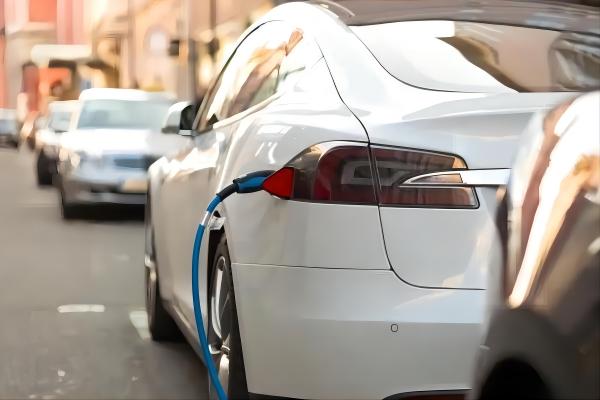With more models, lower prices, and more government support. New energy vehicles began to be supported by the American people.
In 2017, only about 115,000 pure electric vehicles were sold in the United States. According to a report by Bloomberg New Energy Finance, Americans will buy a total of 657,000 electric vehicles in 2021.
Although less than 4% of all new car sales, new energy vehicle sales in 2021 have already doubled from 2020.
The United States has also joined the electric transition due to global warming. The U.S. transportation system contributes nearly 30 percent of the nation’s greenhouse gas emissions, making electric vehicles critical to lowering America’s carbon footprint. U.S. President Joe Biden has set a goal that by 2030, half of new car sales in the U.S. will be electric vehicles.
Car companies have embraced this change with open arms. At the UN climate conference in November 2021, six major automakers, including Ford and General Motors, pledged to stop selling new gasoline and diesel vehicles by 2040.
Canada, the UK, France, Spain, the Nordic countries and California have also announced a phasing out of new gasoline-powered vehicles by 2040. Globally, electric vehicles account for 9 percent of new vehicle sales, according to the International Energy Agency. And 20 percent of new cars sold in Europe last year were electric.
Of the many countries, Norway has the most generous incentives for EVs, so that EV sales in the country account for 90% of new car sales. China is the world’s largest auto market, and electric vehicle sales are expected to account for 20 percent of sales in 2022.

According to the Pew Research Center, 1 in 4 Americans say it’s “somewhat likely” to choose an electric vehicle for their next car purchase.
UC Davis research points to a shift in the mindset of EV buyers. The first group of buyers are the first to buy electric vehicles. They are the first to dare to eat crabs and want to have the latest technology. The second category of buyers is close behind, requiring innovation while keeping the technology safe.
The third category is when electric vehicles start to enter the mass market, and they only start to notice the existence of electric vehicles. But this group of consumers needs to see the real benefits of electric vehicles and see them on the road for a certain number of years before considering buying them. “They’re called the ‘original majority’,” said Gil Tal, director of the university’s Centre for Electric Vehicle Research.
The “initial majority” has already emerged in California, where more than 663,000 electric vehicles have been sold, according to the California Energy Commission.
“In the rest of the country, progress has been slower,” Herman said. “In Indianapolis, most people still think cars should run on gasoline.”
“A lot of new EVs are starting to be priced in line with expectations,” Lane said. “There will be more and more models, and automakers plan to introduce at least 30 new models over the next two years.”
At the same time, the charging infrastructure in the United States is improving rapidly. Congress passed a federal infrastructure package in November that would invest $7.5 billion to add 500,000 charging points to the national network.
On May 13 this year, the U.S. Department of Transportation will announce the national standard for electric vehicle charging piles to ensure that every installed charging pile can be used normally.














